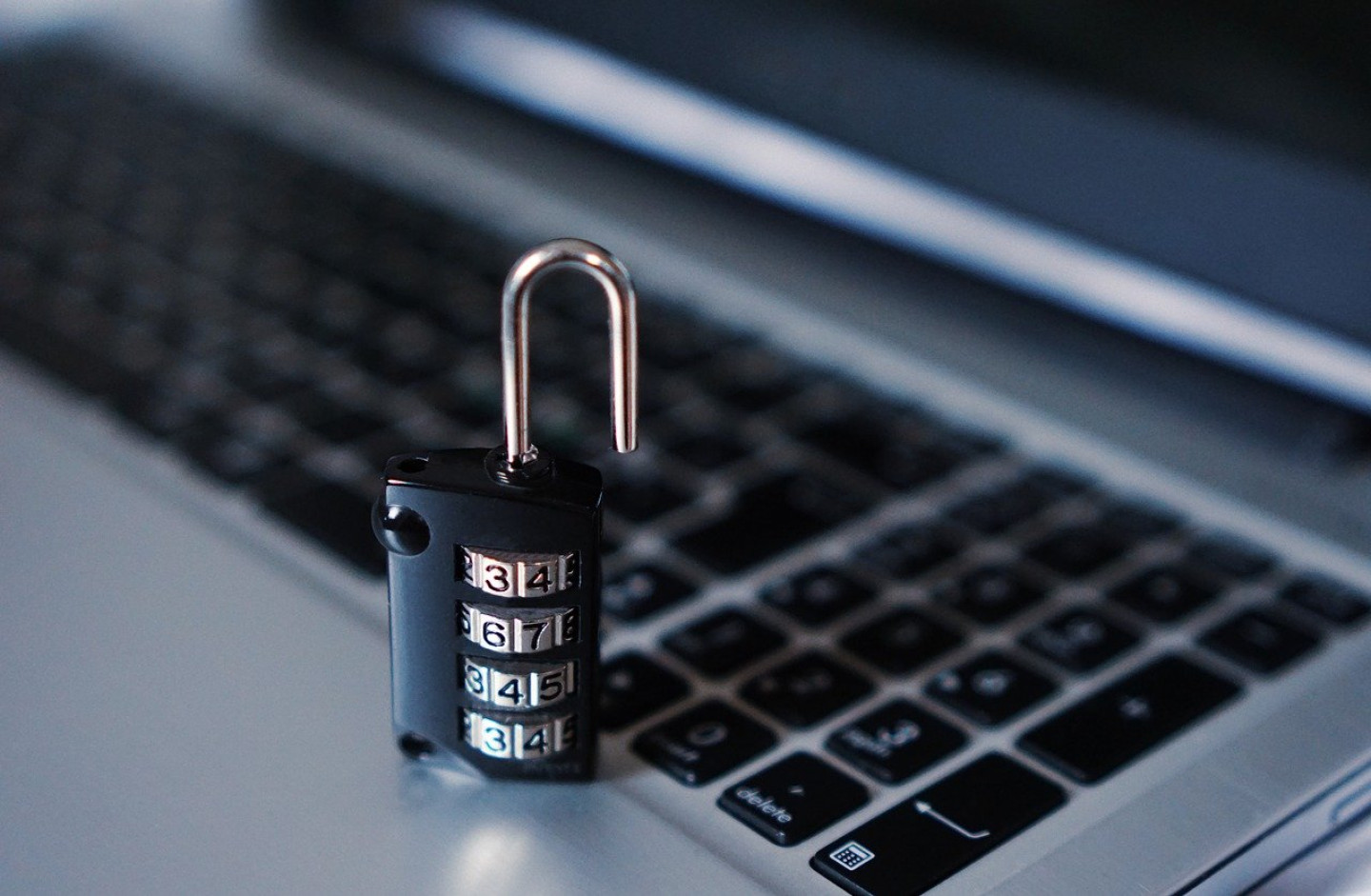What is an NFT or Non-fungible token?
You may have heard a lot of talk about the acronym NFT in the past year and had no idea what it was or how it mattered. NFT stands for non-fungible token. Still confused? So was I when I first started hearing about this. Let’s break down just what exactly an NFT is and then we’ll get into how these matter to graphic designers and promotional products distributors.
NFT EXPLAINED:
An NFT is generally built by using the same kind of programming as cryptocurrency. This would be a currency like Bitcoin, Dogecoin, or Ethereum, but that's where the similarity to all of that ends. Cryptocurrencies are considered “fungible,” meaning that they can be traded or exchanged for one another or used as actual money. Still confused? I don’t blame you. After hours of literally reading all I could on this subject, I was still very much in the same boat and needed half a bottle of aspirin to choke back the headache and tears. So why is this all so very important to our industry?
Think of an NFT like you would the Mona Lisa. The Mona Lisa is a one-of-a-kind painting that is priceless and has been replicated many times over but never quite as good as the original. NFTs themselves are basically a digital version of a one-of-a-kind Mona Lisa and can really be anything digital. Examples are such items as drawings, music, and sometimes animations. A lot of the current excitement and buzz is around using the technology to sell digital art.
Other cryptocurrency platforms are expanding their tech codes to be able to handle the extra data required to code in an NFT token to the art piece to “stamp” it as the original source. You can currently use Ethereum to purchase these tokens for anywhere between $30 to $100 depending on the type of NFT and date coding.
SO WHY DOES THIS MATTER TO GRAPHIC DESIGNERS AND PROMOTIONAL PRODUCTS DISTRIBUTORS?
In consideration of your client, when they ask for your services as a graphic designer to custom design artwork for them, they want to know their artwork is original and one of a kind. The ask can be anything from an illustration to a logo or more. That client is purchasing your skills as an artist to develop a unique piece for their usage.
So graphic designers have been basically creating a version of the NFT this whole time. The key difference is the lack of the NFT token, but designers do their best to ensure that the client’s design is protected and unique before turning over the work. Even though the designer is the original artist, they don’t own the work because they were paid as a professional to complete an assignment and turn the rights to that asset over to the entity that hired them. An ethical graphic designer should never hold a client’s artwork or files hostage for any reason other than the work has not been paid for. Until payment is received, the ownership of the works stays with the designer.
Given that this new trend towards paying prices for NFT works that rival classical paintings are not going away it stands to reason as graphic designers and promotional products distributors that we’re going to be facing these requests soon. I hope at this point you’ve followed along about the digital artwork and at least understand how that works as far as an NFT goes. The simple version is artwork gets created, stamped digitally via a specialized token, and then can become highly valuable as original digital artwork. But what about any of this applies to promotional products? Those are physical items we sell to clients and not digital. I think you’ve probably lost your mind.
Let’s not dispute my lack of sanity but instead, let’s discuss this from a promotional product's point of view. A company we’ll call MoneyBags LLC calls your business and some frightened employee who has been yelled at like things were needed yesterday is on the phone telling you he needs some sort of unique, never been done before, award or thank you gift for a bigwig at his company and need it yesterday.
That employee is scared because in the past nothing has been unique enough or really satisfied his bossed but has just been deemed as passable. You ask your questions about the item needed and the person it is being given too.
You learn this bigwig is a 20something who is big into technology, online videos, and is never without their face buried in some technological device. So what can you propose to this employee that his younger generation bigwig will like? I see you’ve followed me now! You suggest that they get the bigwig an NFT as a personalized award/thank you!
Why? Because you have access to a great graphic designer, you have no physical overhead for a product, your cost is in the designer alone, and the profit margin can be very high for such a unique NFT. Remember that an NFT is a verified original digital artwork certified as such by a cryptocurrency platform-based token. This bigwig will literally have a one-of-a-kind item no one else in the world will have. More to the actual point, you will have created a totally customized promotional product out of the digital realm with no touch on a physical profit. This ends worrying about supply chains being late or an order being messed up.
The future of promotional items is here, and it may be found in the form of the NFT. So, the next time your client says they are looking for that unique item no one else has, be a hero and suggest an NFT. Be the further hero by being able to explain to them in simpler terms what an NFT is and how it will save their day. Welcome to your new potential revenue stream. It’s more useful than trying to find that ever-elusive “ANY KEY” that has haunted us for years.

